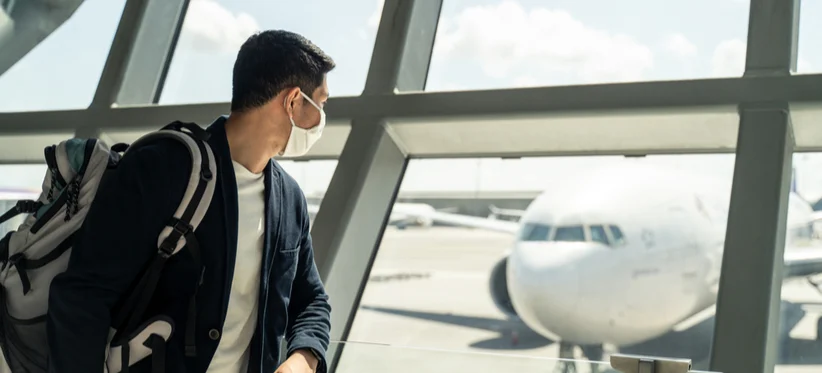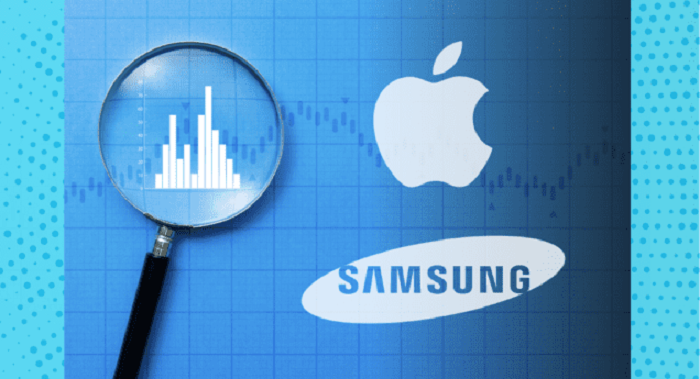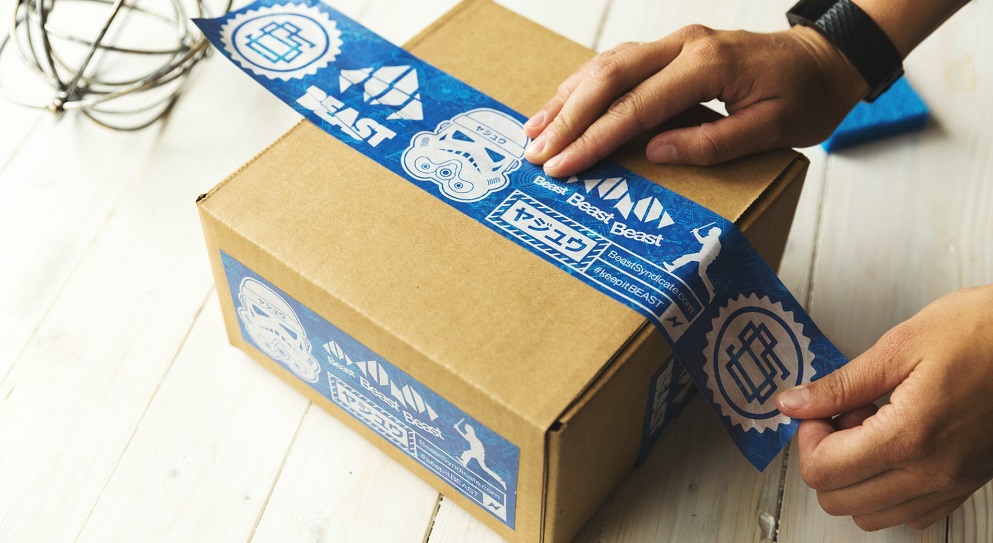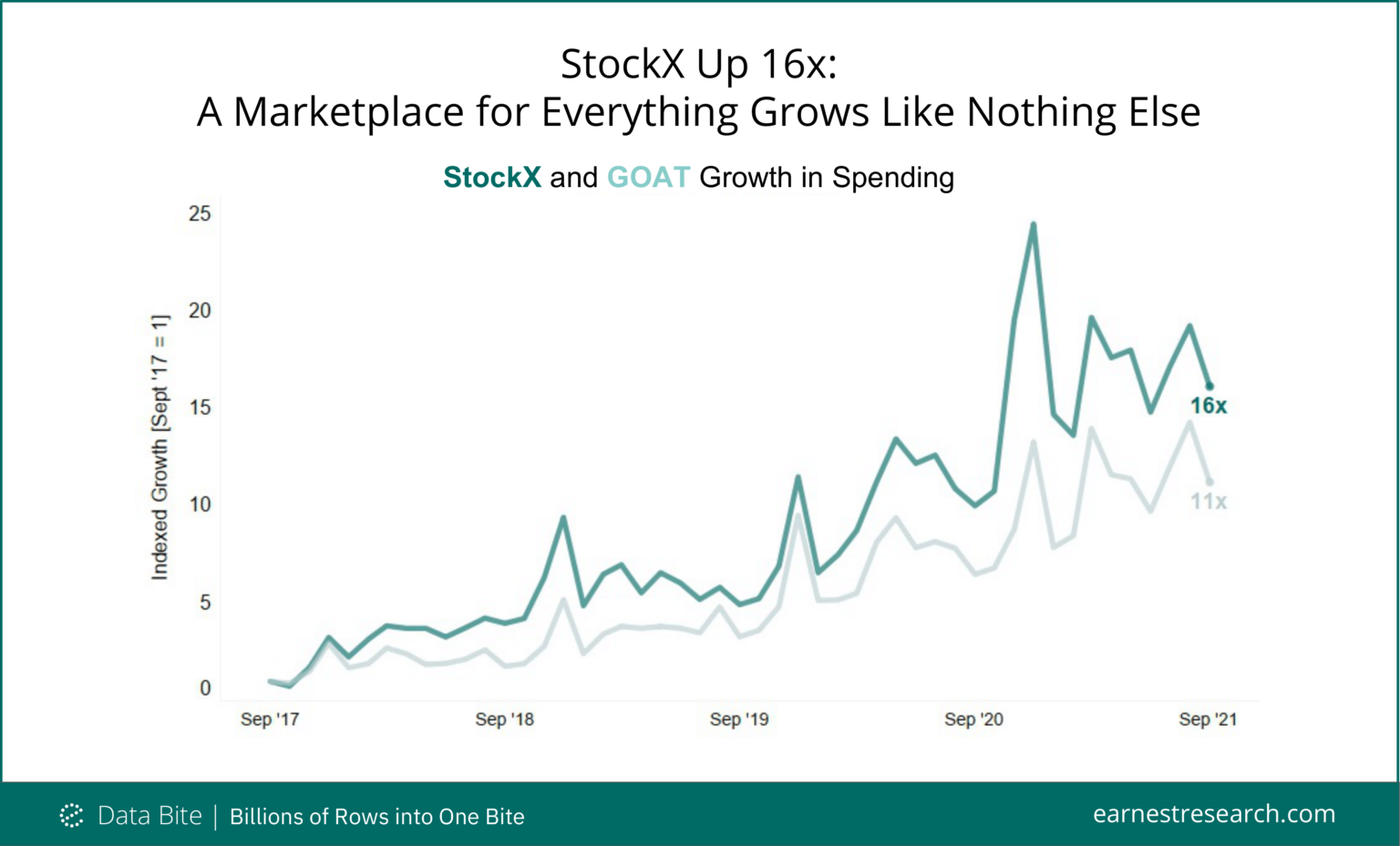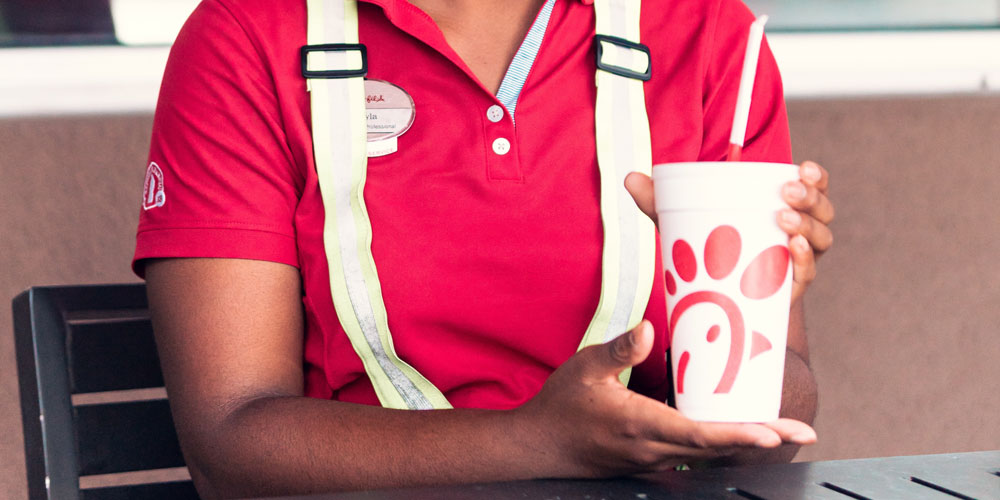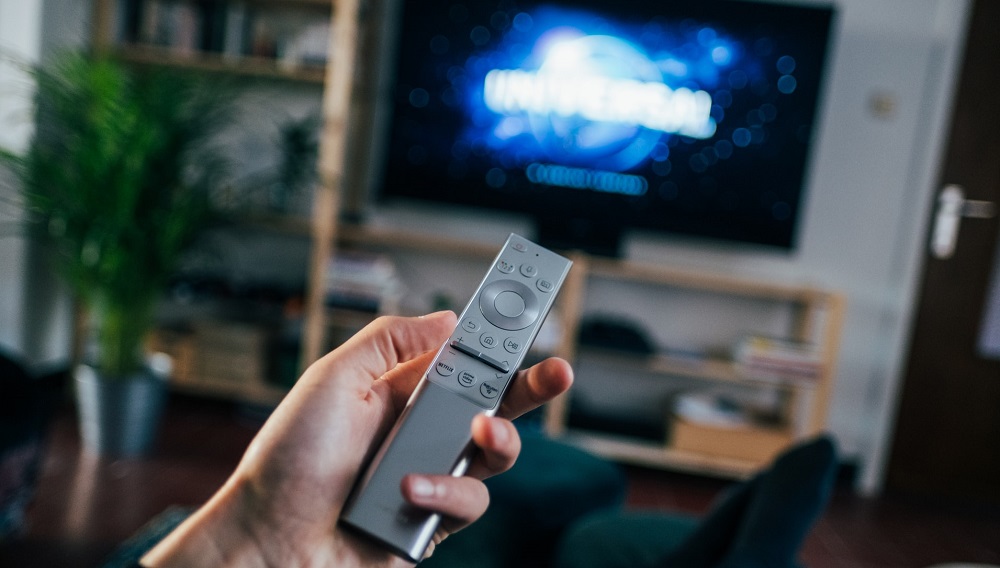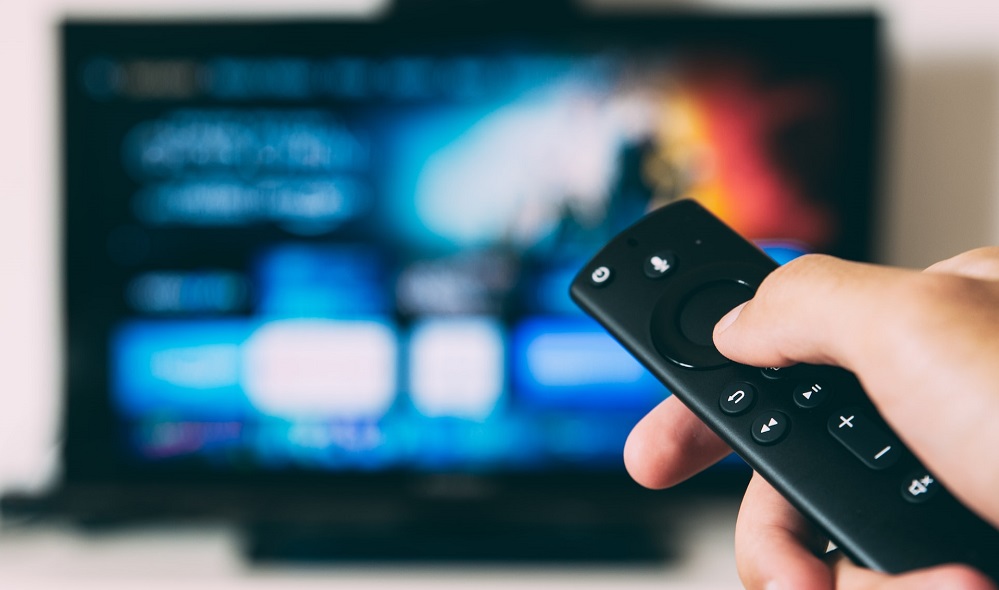Covid-19 had consumers scrubbing every inch of their hands and homes throughout the pandemic. Cleaning and disinfectant products and brands jumped on the momentum to digitally advertise to consumers, showcasing how each product might help consumers stay safe during the pandemic. We’ll take a look at how top advertisers in the Household Cleaning Supplies, Cleaning and Disinfectant, and Hand Sanitizers categories performed in January of 2020 through August of 2021, and how things may shake out through the rest of the year.
Through a long and patient period of attempting to stamp out COVID-19 outbreaks dating back to March 2020, China has seen its domestic airline capacity rise consistently, with only a few short-lived dips. The major dip was seen last February and followed by another in August. By March of 2021, the country had exceeded pre-pandemic domestic airline capacity and was flying at more than 20% above 2019 airline capacity levels through the summer.
Samsung and Apple have been making disruptive changes to the ad tech ecosystem. Apple, more than Samsung, is becoming more privacy-centric with every update. Yet it spends nearly all of its digital advertising on targeted, programmatic ads. As these two mobile device companies tighten their own advertising and privacy policies, how are they using targeted ads to reach potential customers?
Opening a hotel amid even normal times is a challenge. But these times are anything but ordinary. For The Rockaway Beach Hotel, in Queens, NY, opening last fall was compounded by a raging global pandemic and a resultant labor crunch. According to HotStats data, labor costs globally are on the rise, but still below their 2019 levels. In the U.S., total hotel payroll on a per-available-room basis sat at $52.99 in August 2021 and has been on a steady incline since the beginning of the year—now 62% of 2019 levels.
Before the pandemic, air travel passenger numbers were on the rise, meaning busier airports and improved sales figures for travel retail companies. Such was the demand for pre-flight shopping that operators were renovating their airports to provide more retail space. However, the onset of the global health crisis left airports and their shops largely empty. Although the travel industry is now slowly recovering, it remains volatile and unpredictable – and companies are having to identify, make sense of, and adapt to new airport retail trends.
Over the last few years, free shipping has become table stakes for many online retailers trying to compete with Amazon Prime. These types of promotions can eat away at margins. But while the hope is that minimum order sizes for free shipping will spur order consolidation and larger baskets, is consumer behavior actually affected? In today’s Insight Flash, we take advantage of shipping cost and item count breakouts in our CE Receipt data to analyze whether there is any relationship between shipping costs and type of order for the URBN family of brands – Anthropologie, Free People, and Urban Outfitters.
There has been an ongoing shake-up in China’s e-commerce industry lately. While Pinduoduo has been taking share gradually from traditional e-commerce giants Alibaba and JD since late 2020 mainly in sportswear and apparel sectors, Douyin and Kuaishou, the known-to-be live-streaming leaders, have also started to gain momentum in getting substantial market share in the past few months — especially for the apparel and cosmetic sectors.
Both Warby Parker and First Watch have been aggressively growing their offline presence. So, we dove into the foot traffic data to find out how the brick and mortar expansions are affecting visit patterns. Much has been written about Warby Parker’s brick and mortar expansion. The eyeglasses disrupter opened its first offline store in 2013 and now operates over 140 stores throughout the United States. And the growth in stores has led to a massive increase in foot traffic.
As businesses rooted themselves deeper in digital ecosystems, many sought counsel on digital transformation, IT and cloud security. The push for digital transformation, along with the increase of sophisticated cyberattacks last year, benefited large IT firms. By the end of next year, the cloud security market is expected to reach $12.73 billion. This will have been a 25.5% increase since 2017. As the market expands, companies will have to use elevated branding to set themselves apart from other services.
When StockX announced a $255 million funding raise in April, valuing the company at $3.8 billion, much was said of StockX’s uniqueness as a company: a “stock market of hype,” many of the goods bought and sold through its marketplace represent Gen-Z consumers’ interest in alternatives to traditional investments. Best known for apparel and accessory resale—primarily sneakers, streetwear, handbags, and watches—products on StockX have broadened to include collectibles and electronics.
Since the United States has no federal parental-leave policies, local governments and companies often step up to fill that void. Business Insider identified large public companies with the most generous parental leave and benefits for new parents. The list includes tech giants like Netflix and Amazon, as well as financial sector firms like Freddie Mac and Capital One. But do these company policies actually lead to measurable outcomes for women?
Our Q3 Quarterly Index is now live! We analyzed a wide array of brands in several major retail categories including apparel, grocery, fitness, home improvement, and superstores to bring you the latest insights and identify trends shaping retail right now. Below is a taste of our findings. In Q2, it seemed like the pandemic disruptions were waning and the grocery and superstore spaces were returning to pre-pandemic foot-traffic patterns, until COVID cases began increasing again, causing consumer concerns about the economy to surge once more.
If hotel prices are any indication, COVID-19 surges aren't going to keep travelers home this holiday season. The average daily rate for a hotel room in the US is $143.30— up 6% from 2019. In popular destinations like Hawaii, average daily rates are as high as $258.65, according to data from hospitality analytics firm STR. Which leaves many eager travelers (myself included) looking for alternative accommodations for family get-togethers or tropical getaways.
In September, challenger brand McDonald’s took 25% of spend among top brands, followed by Wendy’s with 16%. When it comes to the number of chicken sandwiches sold, McDonald’s and Chick-Fil-A are neck-and-neck. Most brands studied have sold increasing numbers of chicken sandwiches from 2020 to 2021, except for Popeyes. The Chicken Sandwich Wars have been raging so fiercely and for so long now that there’s even a Wikipedia page about it.
U.S. single-family rent growth increased 9.3% in August 2021, the fastest year-over-year increase in over 16 years, according to the CoreLogic Single-Family Rent Index (SFRI). The index measures rent changes among single-family rental homes, including condominiums, using a repeat-rent analysis to measure the same rental properties over time. The August 2021 increase was more than four times the August 2020 increase, and while the index growth slowed last summer, rent growth is running well above pre-pandemic levels when compared with 2019.
TV streaming platforms such as FuboTV, Sling TV, and YouTube TV have been on the rise for the past few years, bolstered by a combination of price increases and new subscribers. While OTT streaming platforms such as Netflix and Hulu experienced a spike in sales and customers at the start of the pandemic, a different pattern has emerged for TV streaming services. Consumer transaction data shows that TV streaming companies, especially FuboTV, generally experience the highest spike in sales and new subscribers in September, corresponding with the start of football season.
In this Placer Bytes, we dove into Target’s offline Deal Days performance, self-storage’s impressive monthly visit gains, and physical therapy chains’ summer surge. This year marked the first time that the Target Deal Day sales extended not only to the Target website and app, but also to all brick-and-mortar Target stores. The sale lasted from October 10th through October 12th amidst reports of supply chain challenges and impending retail shortages pushing consumers to get a jump-start on their holiday shopping.
Total construction starts rose 10% in September to a seasonally adjusted annual rate of $889.7 billion, according to Dodge Construction Network. All three sectors improved: nonresidential building starts rose 15%, residential starts moved 9% higher, and nonbuilding starts increased by 6%. “Construction starts have struggled over the last three months as concerns over rising prices, shortages of materials, and scarce labor led to declines in activity,” stated Richard Branch, Chief Economist for Dodge Construction Network.
Video streaming services have benefitted from a wave of content becoming available on home devices at the same time it’s been released in theatres. But as more delayed blockbusters such as the finally released No Time to Die James Bond movie come to the big screens, will viewers be lured away from the comfort of their couches? In today’s Insight Flash, we look at Video Streaming trends in the UK and US to see where the market currently stands, including doing a deep dive into US cross-streaming rates.
After a difficult winter, Brazil’s hotel occupancy is once again on the rise, reaching 44% in August 2021, or about 74% of the 2019 comparable. While occupancy recovery has been slow, the country’s rebound in average daily rate (ADR) has been strong, with monthly rates even exceeding 2019 levels earlier this year. August ADR reached BRL295.05, which was just 3.4% below 2019, as shifts in demand and supply have helped drive impressive ADR performance.













































